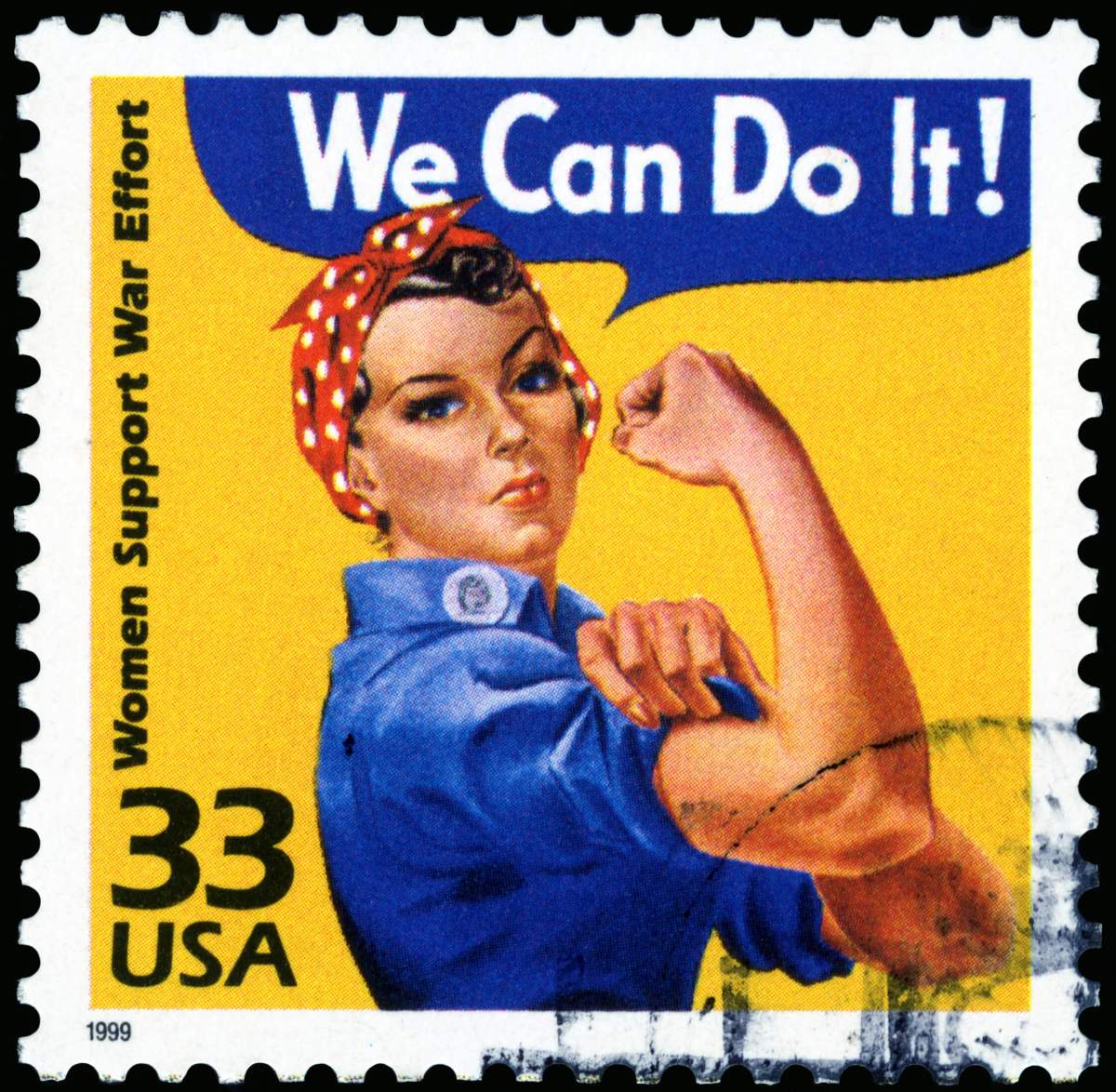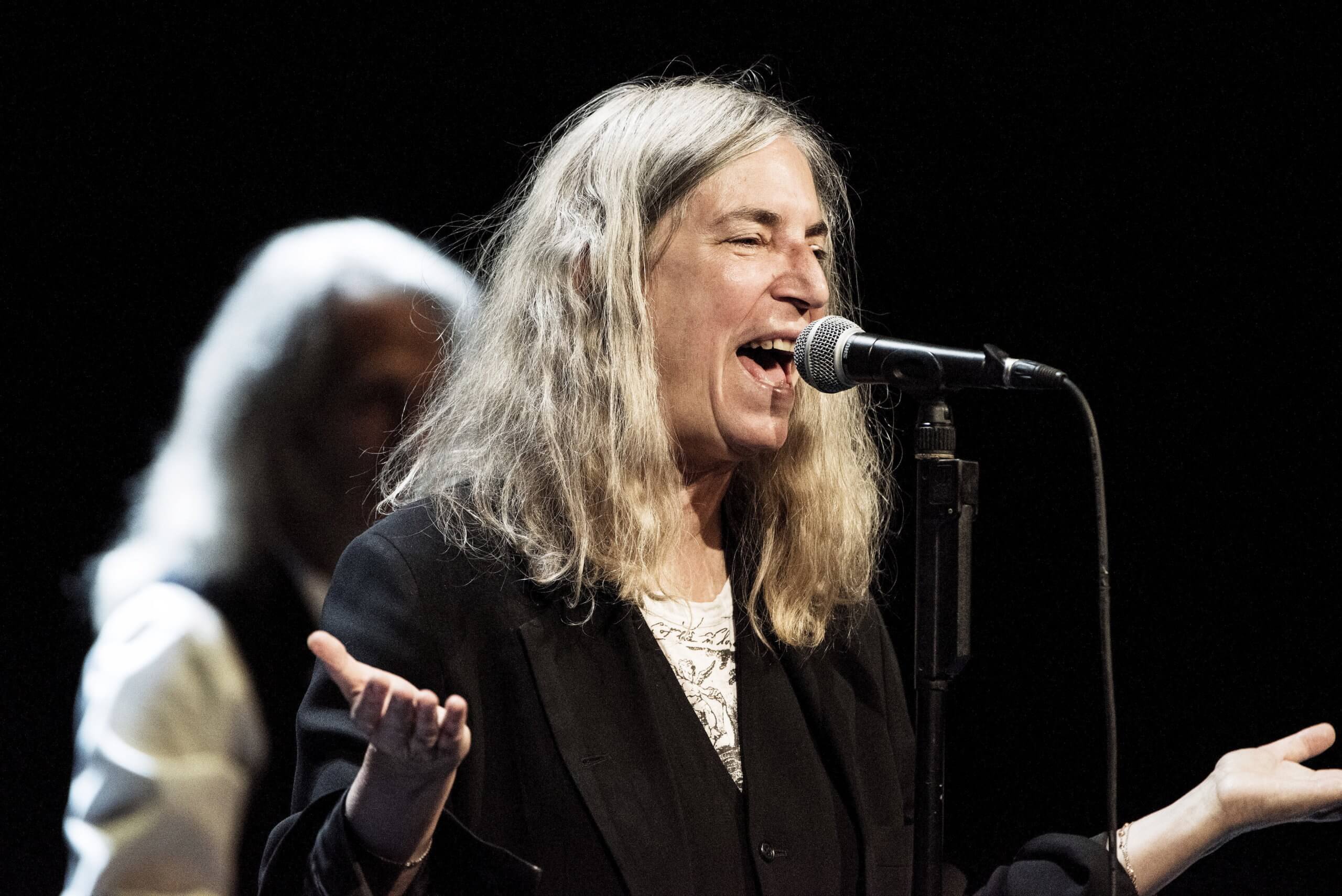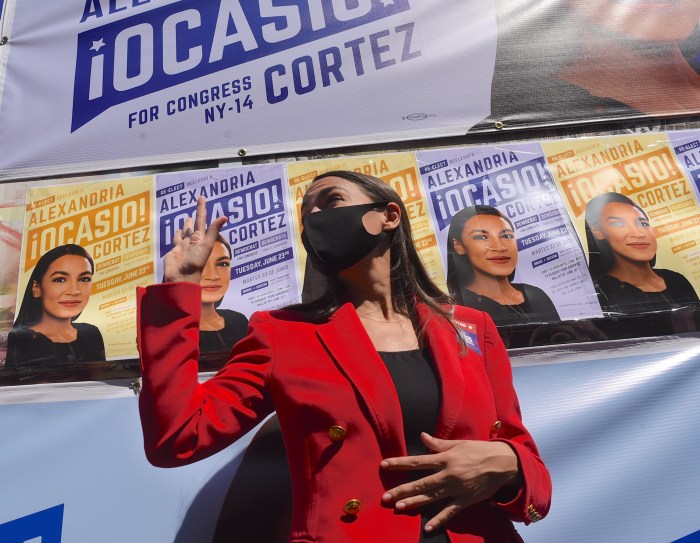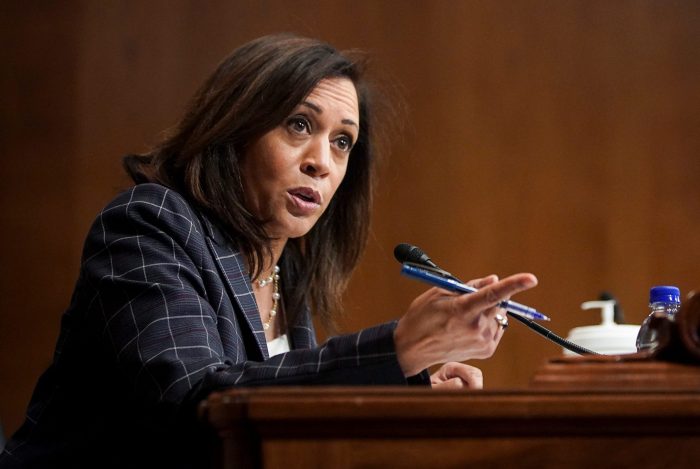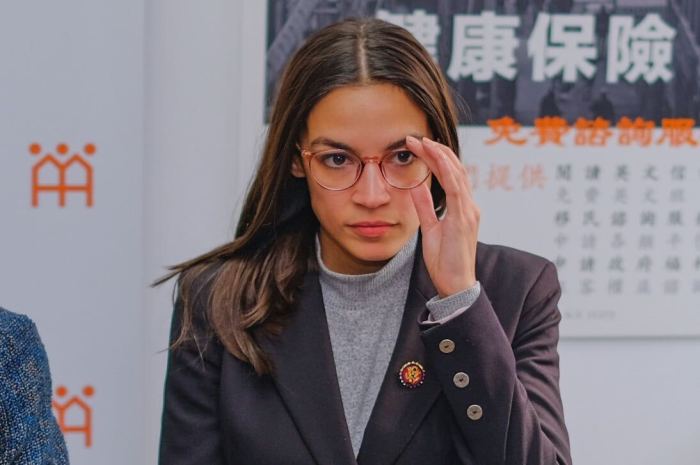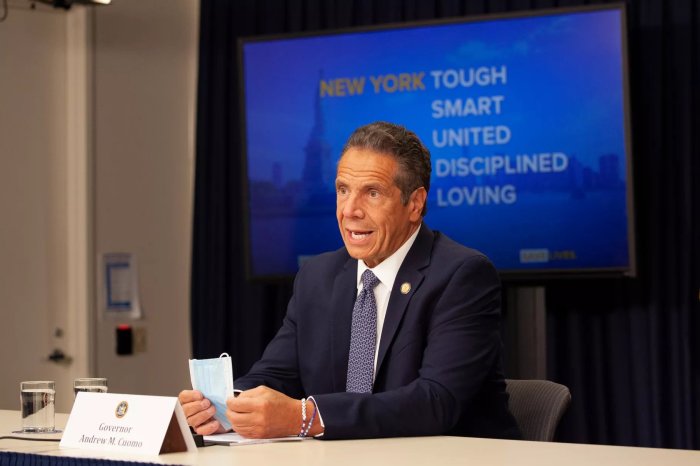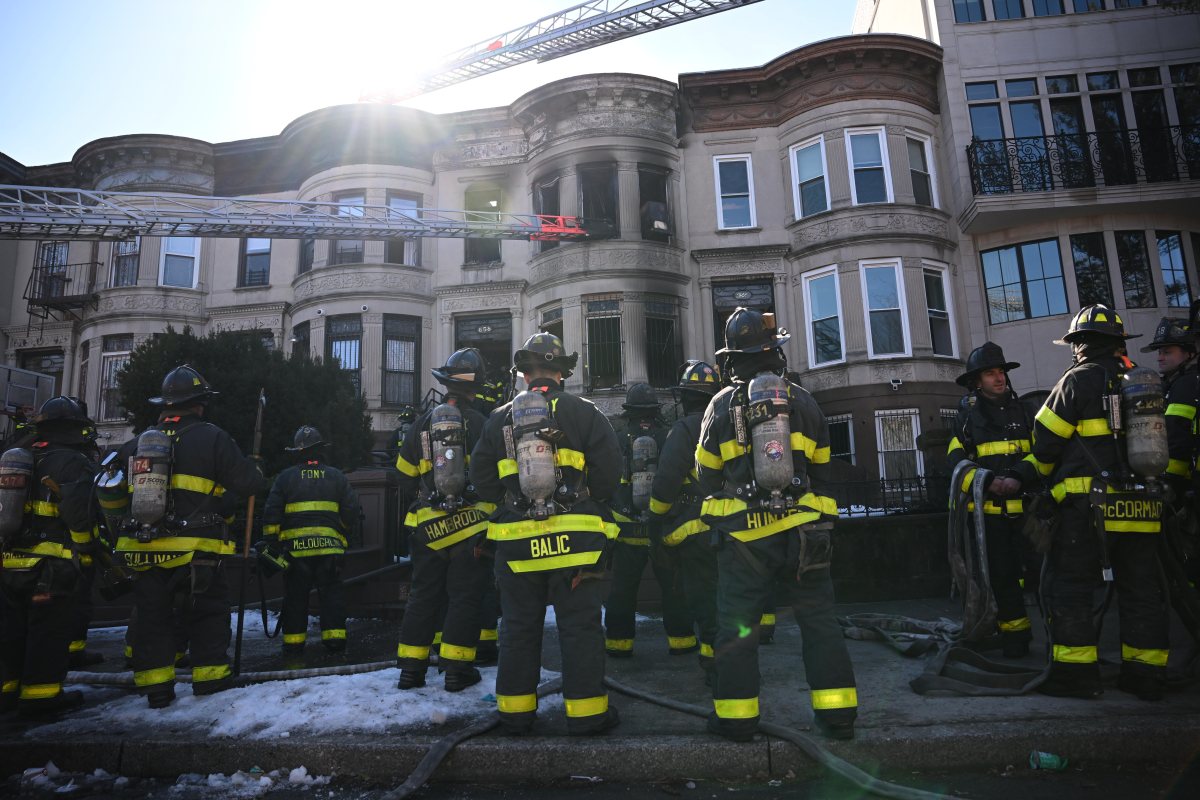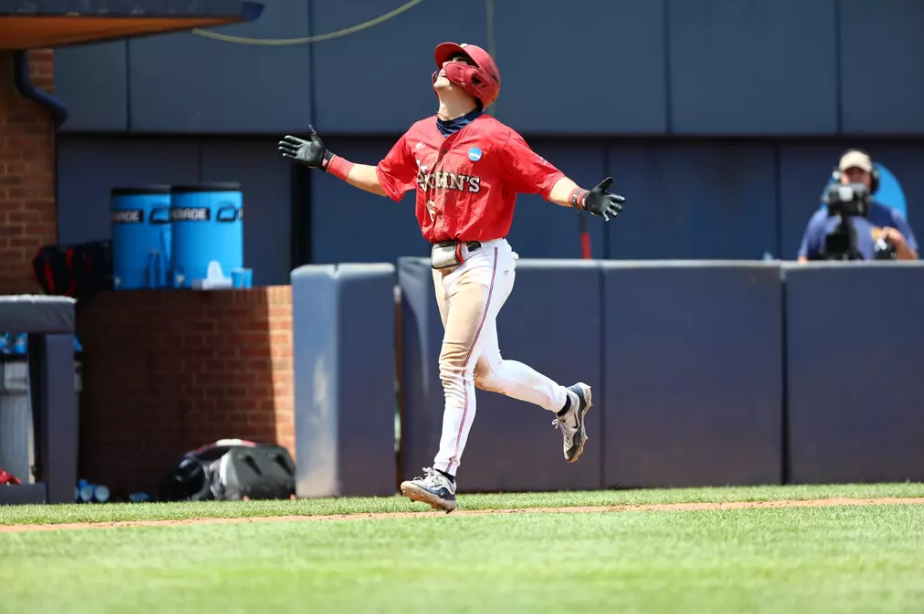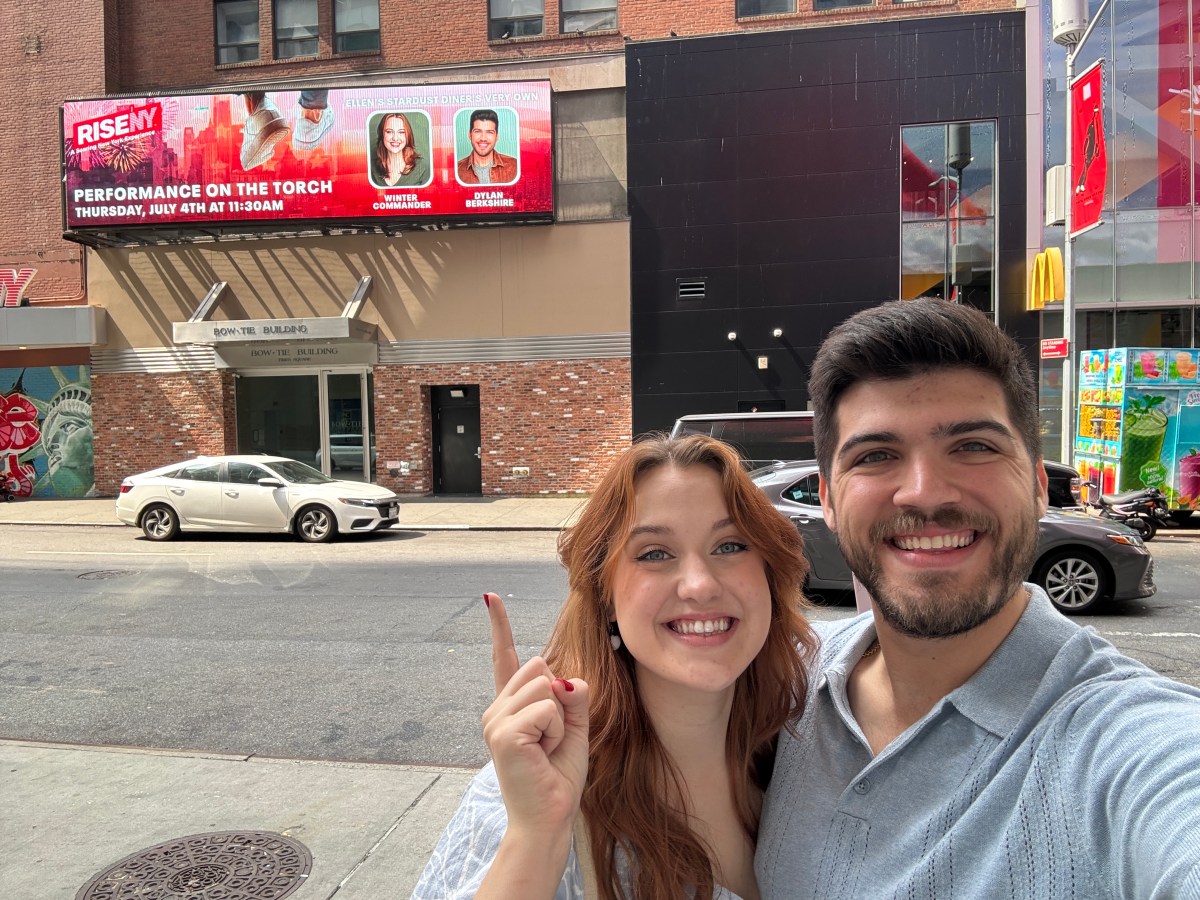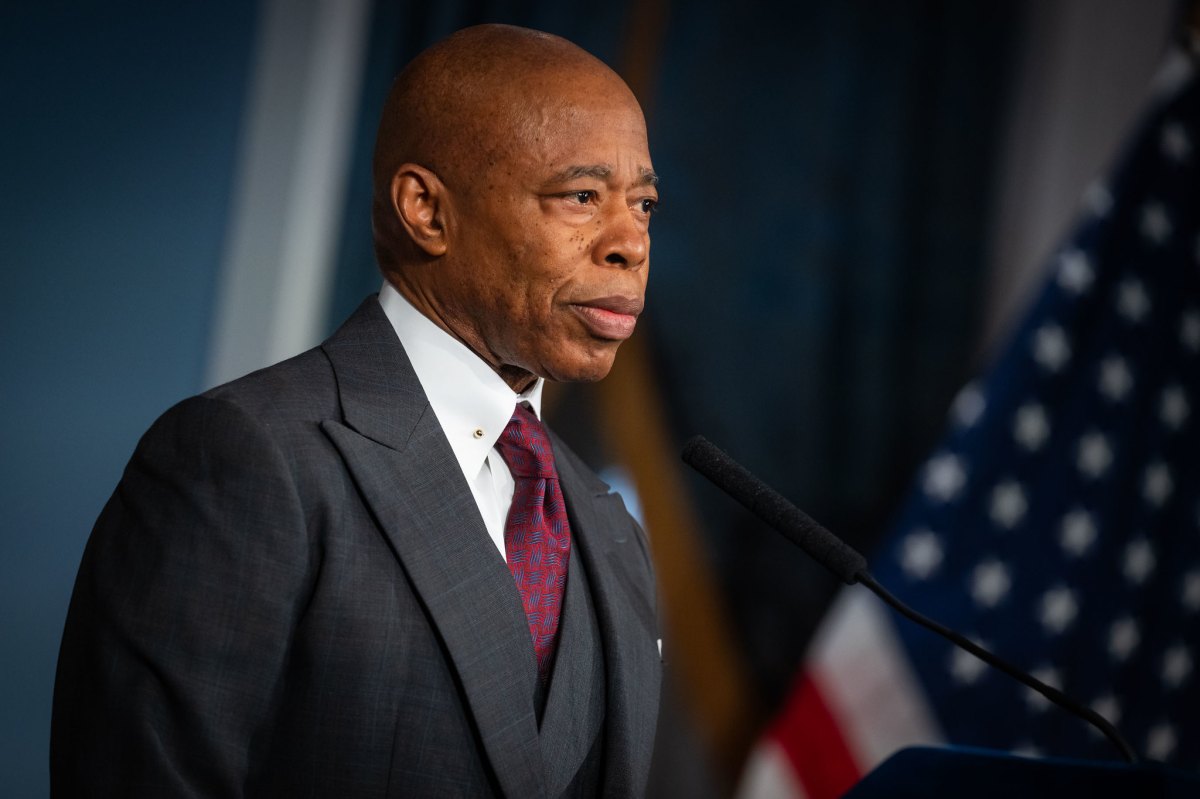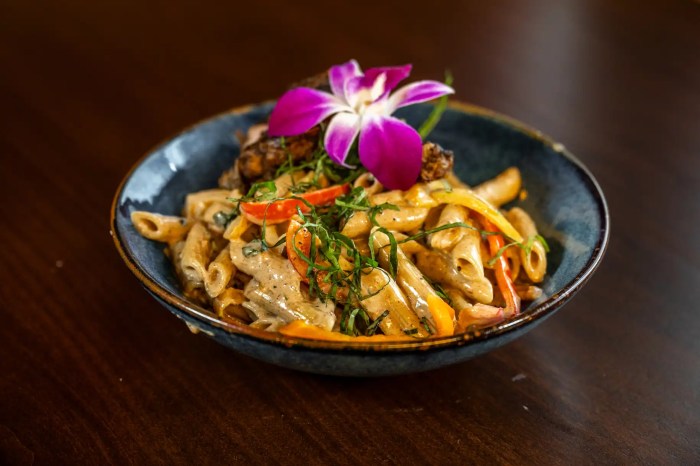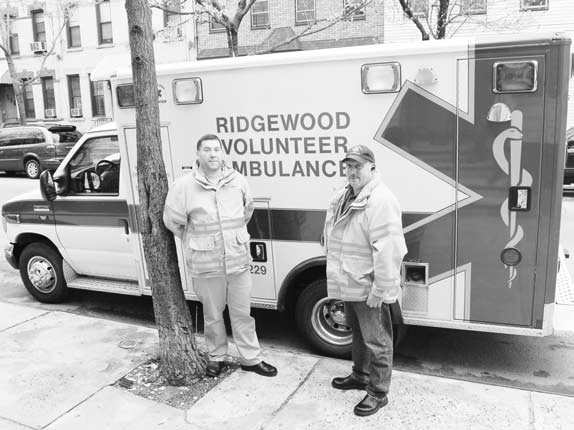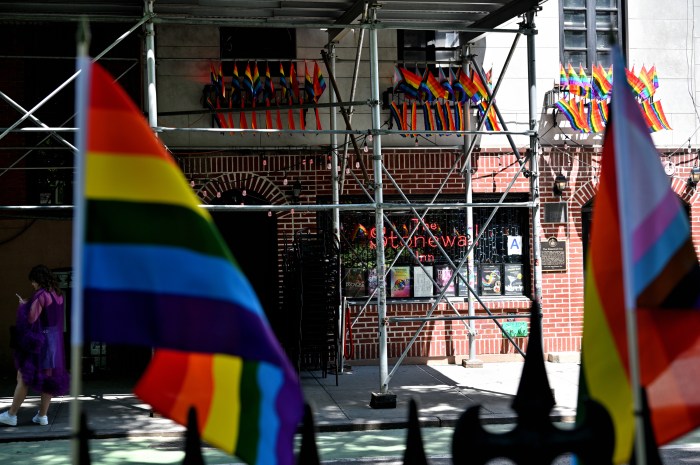So many extraordinary women are woven into the fabric of NYC’s history and present that it would require an encyclopedia to document all of those forgotten and then remembered—as is the model for acknowledgment of feminine history, blindspots then reclamations.
So, in honor of Women’s History Month, amNewYork Metro will focus, in part, on women from two fields most pertinent to our historical moment.
Let us first turn to the field of medicine. Dr. Elizabeth Blackwell (1821-1910) was the very first female MD in the US, and resided on University Place. On account of her gender, Blackwell did not attract many patients. And so she did what many great women do — she got inventive, deciding to treat patients in the squalid tenements of Manhattan’s Lower East Side. Just as her peers had abandoned her, these poor souls living in abject poverty had been abandoned by society, and received care at Blackwell’s dispensary.
Here she treated immigrants, mostly Irish and German, suffering from a range of ailments from cholera to typhoid. Blackwell assembled an army of nurses. They made deathbed house calls to ease the sick into the afterlife and educate the area’s indigent about personal hygiene.
As is so often case, after “proving herself,” powerful male physicians and philanthropists finally gave her the time—and funds—to open the New York Infirmary for Indigent Women and Children in 1857. In her writings of 1853, Dr. Blackwell remarked on the difficulty of her chosen path but of her, “high purpose, to love against every species of social opposition.”
Moving on, the backbones that enabled the modern day, female, New York City political powerhouses—Hillary Clinton, Gale Brewer, Carolyn Maloney, Rebecca Seawright, Alexandria Ocasio-Cortez, just to name but a few — dates back to the 1820s when female liberation movements began to fight the patriarchy.
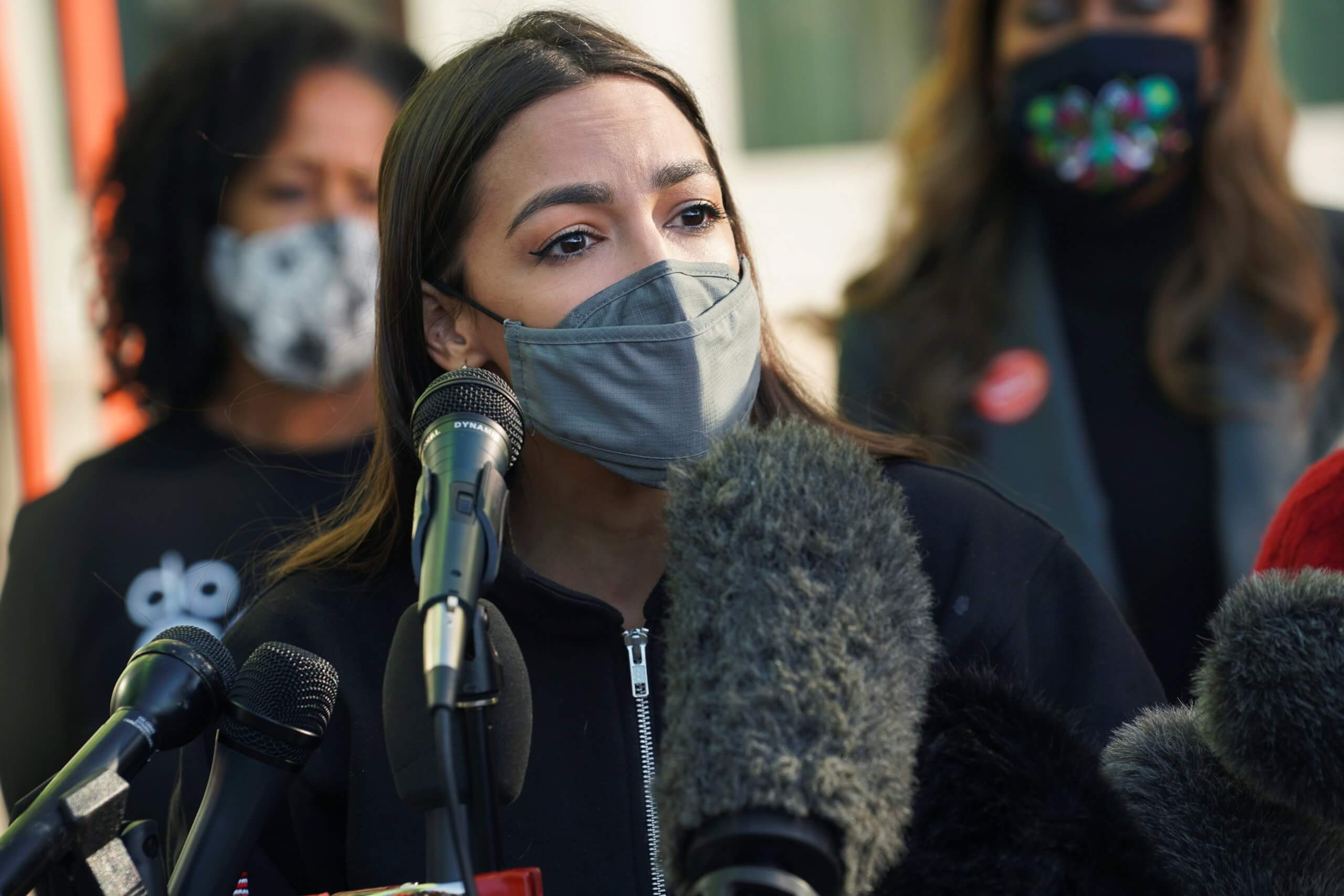
In mighty combination, Elizabeth Cady Stanton (1815-1902), and Susan B. Anthony (1820-1906) joined forces and embodied the word “trailblazer” by dedicating four and a half decades of their lives in the fight for female emancipation and the expansion of the women’s rights in NYC. Stanton was the strategist and primary speech writer, while Anthony was the the “face” and formidable speaker who would spread her message “wherever she could drum up a crowd.”
Taunted and sneered at by the men that surrounded them, the pair launched “The Revolution” newspaper; a pioneering document in grass roots activism eventually disseminated worldwide, and passed on as a mantle to their fearless activist successors; those Nasty Women we would proudly become.
Neither woman lived to cast a ballot when women finally won the right to vote in 1920, but in their belief that men and women were created equal, they laid those tracks.
And then we have the “famed”: Emily Warren Roebling completed the construction of the Brooklyn Bridge when her engineer husband fell ill; Jackie Onassis saved Grand Central Station from demolition; Peggy Guggenheim ensured our city’s cultural richness through her keen eye for modern art; Edith Wharton was the first woman to win the Pulitzer Prize for fiction, and Billie Holiday sent shockwaves through Harlem nightclubs with her unique jazz style infused with political messages in the 30s and 40s, before Debbie Harry and Patti Smith rocked our worlds at CBGB’s with their fellow New Wavers and Punks.
In terms of sexual suppression and abuse, Bronxite Tamara Burke’s #MeToo global explosion ushered in a new age that allowed survivors to find their voice, and is perhaps one of the greatest contributions of social media to humanity to date.
Peel back the identity of all of the “well-known” NYC heroes and you’ll find a web of women whose incremental efforts afforded them their freedoms.
If you want a deep knowledge of the women that helped build, expand and save our glorious city, you have a lot of reading to do — there are thousands of stories waiting to be “unearthed.”
The New York Public Library is running a month-long series in honor of these stellar women in arms. Visit www.nypl.org for more information.



